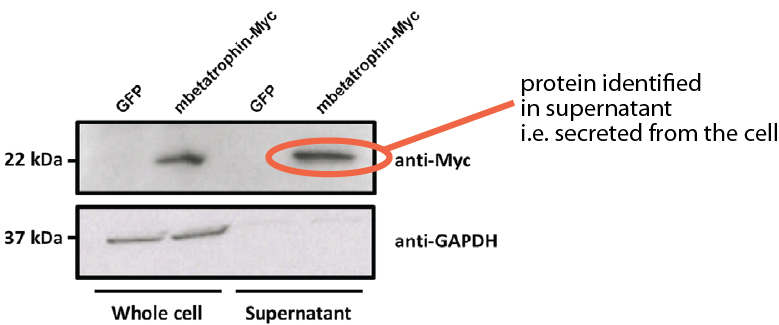Brand new approach for diabetes therapy
From the lab of Doug Melton comes a most fantastic discovery – identification of a new gene with immense therapeutic potential for diabetics. If you discover the function of a gene, you get to name it and this one gets the name betatrophin.
It is a gorgeous classic piece of scientific elucidation. First comes the framing of the problem:
1) Scientific problem – the control systems for pancreatic beta-cell proliferation are unknown.
More accurately this might be summarized “we know a little bit but it we have a hunch that our knowledge is incomplete”.
Then comes the astute recognition from the literature that beta-cell mass can be increased by signals that emanate from other organs i.e. non-autonomous mechanisms. There is such an enormous profusion of literature in the general area of diabetes, discerning that such a line of investigation would be fruitful appears to me to be remarkably perceptive and show astute scientific judgement. This gives rise to the hypothesis:
2) Hypothesis – there is a liver-derived substance, that remains to be discovered, that can stimulate beta-cell replication.
After the hypothesis comes the assay, setting up a system where beta-cell replication can be reproducibly observed.
3) Assay – this assay system is a whole animal (to test the relationships of the different organ systems there’s currently no alternative), where pharmacological treatment known to antagonize the insulin receptor causes the body to respond with increased insulin levels via beta-cell proliferation.
Once the assay is in place, discovery can commence. This discovery employs comparative microarray analysis of different tissues either treated with the pharmacological agent or mock-treated.
4) Discovery – identification of betatrophin!!!
What a discovery!!
Betatrophin is a secreted hormone, a small protein of 198 amino acids.Here I have adapted a figure from the paper to show a linear depiction of the protein together with data to show that the protein is secreted when expressed in cells.
Remarkably, this peptide hormone expressed in the liver can induce a rapid response of beta-cell proliferation that is robust and apparently specific. This fact screams “tremendous therapeutic potential”.
The fact that it is a secreted protein means that it can leapfrog above other pharmaceutical agents as it can be readily manufactured and delivered to patients.
Here is the figure from the paper showing the mouse betatrophin expressed in the mouse liver cell line Hepa1-6. The protein is identified in red with the addition of a C-terminal tag that can be recognized by an antibody in immunofluorescent staining.
The authors don’t identify the organelle location of betatrophin, it looks as though it could be endosomes perhaps which would be interesting, one might naively expect it to be secretory vesicles.
The hunt is also on for the receptor (presumably located on the beta-cell plasma membrane) that betatrophin binds to and stimulates. This is a critical link needed to demonstrate the direct action of the hormone on beta-cells. There is also another twist in that the gene was previously identified as a member of the angiopoietin family and termed Angptl8. Angiopoietin protein in general inhibit plasma membrane lipase levels. It remains to be determined if these disparate biochemical activities can be reconciled. Perhaps this could be an example of primary sequence homology leading one up the wrong functional path. Mice deleted for the angptl8/betatrophin gene apparently have normal insulin levels suggesting that this gene cannot be a major determinant of beta-cell proliferation – perhaps additional drivers of beta-cell proliferation are waiting to be discovered?
This discovery opens up many interesting and important questions of basic science with immense medical implications.
Comments
Leave a Reply
You must be logged in to post a comment.




